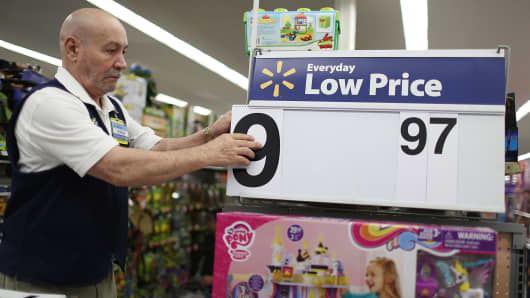Crude oil sits at its lowest level of 2017, amid a glut of both oil and gasoline, even in the middle of the summer driving season.
Auto sales are down from last year's peak as used car prices are falling, another sign of weak pricing and some slowing in domestic demand.
Overall, the latest batch of economic numbers have been punk, not nearly strong enough to warrant further tightening by the Federal Reserve, despite promises to do so.
The Fed successfully fought financial deflation in the wake of the credit crisis in 2008/09. But technological deflation is making a comeback, which will limit price increases in consumer goods and services for many years to come.
There is a risk of financial deflation rearing its ugly head again, if price deflation in commodities continues and forces resource companies to retrench again.
The oil industry is learning to live with lower prices as the cost of exploration and production has come down. That may not change … possibly ever again.
With oil, natural gas and renewable energy sources so cheap, energy-fueled inflation may well be a thing of the past.
So, then, how will inflation reach the Fed's stated 2 percent target anytime soon? Very simple … it won't.
It is time for the Fed to review the bigger picture once again and pay attention to market signals that suggest inflation may well be dead for the foreseeable future.
Commodity prices are falling. Retail deflation is real and is likely to accelerate. Growth may well be slowing in the U.S., unless and until fiscal stimulus takes the place of easy money rom the Fed.
I think the Yellen & Co. may need to re-think current strategy and dial back on the promise of rising rates and a shrinking balance sheet.
The Fed should revert to "watchful waiting' mode, as it has in past cycles, to determine whether or not full employment (let us not forget there is a record six million open jobs), leads to higher inflation.
My bet is that inflation is heading the wrong way and the Fed may be as well.
Commentary by Ron Insana, a CNBC and MSNBC contributor and the author of four books on Wall Street. Follow him on Twitter @rinsana.
For more insight from CNBC contributors, follow @CNBCopinion on Twitter.



